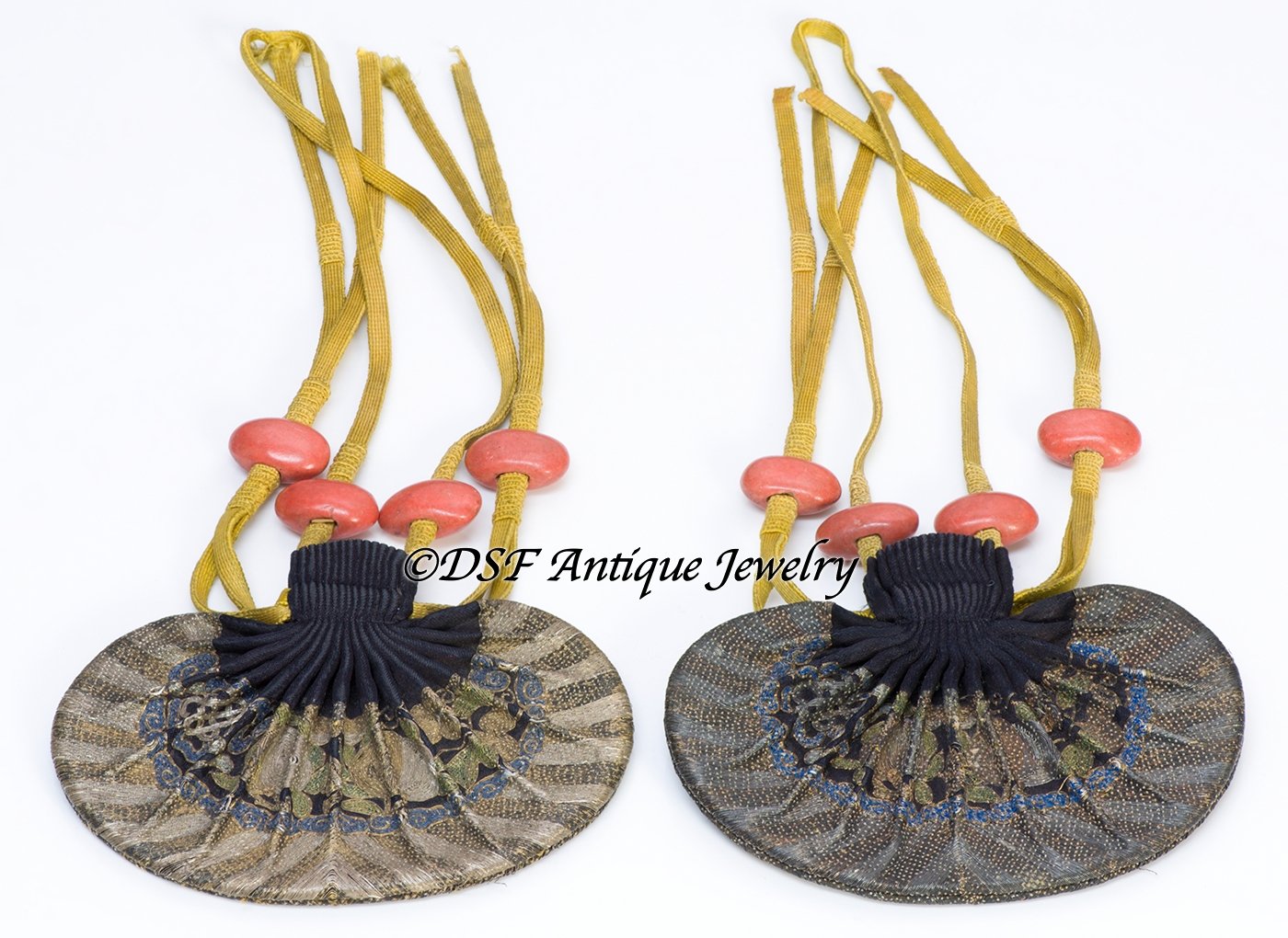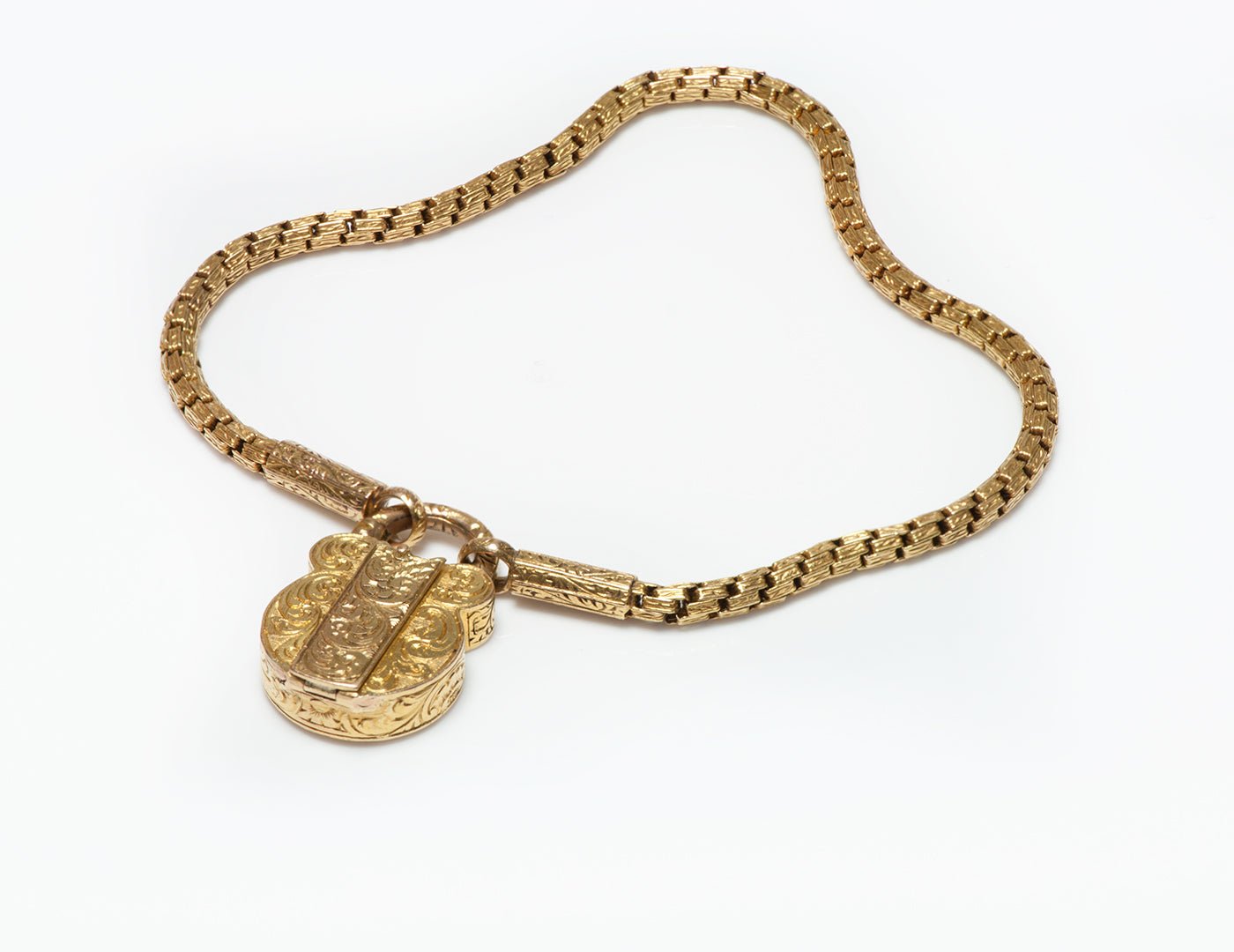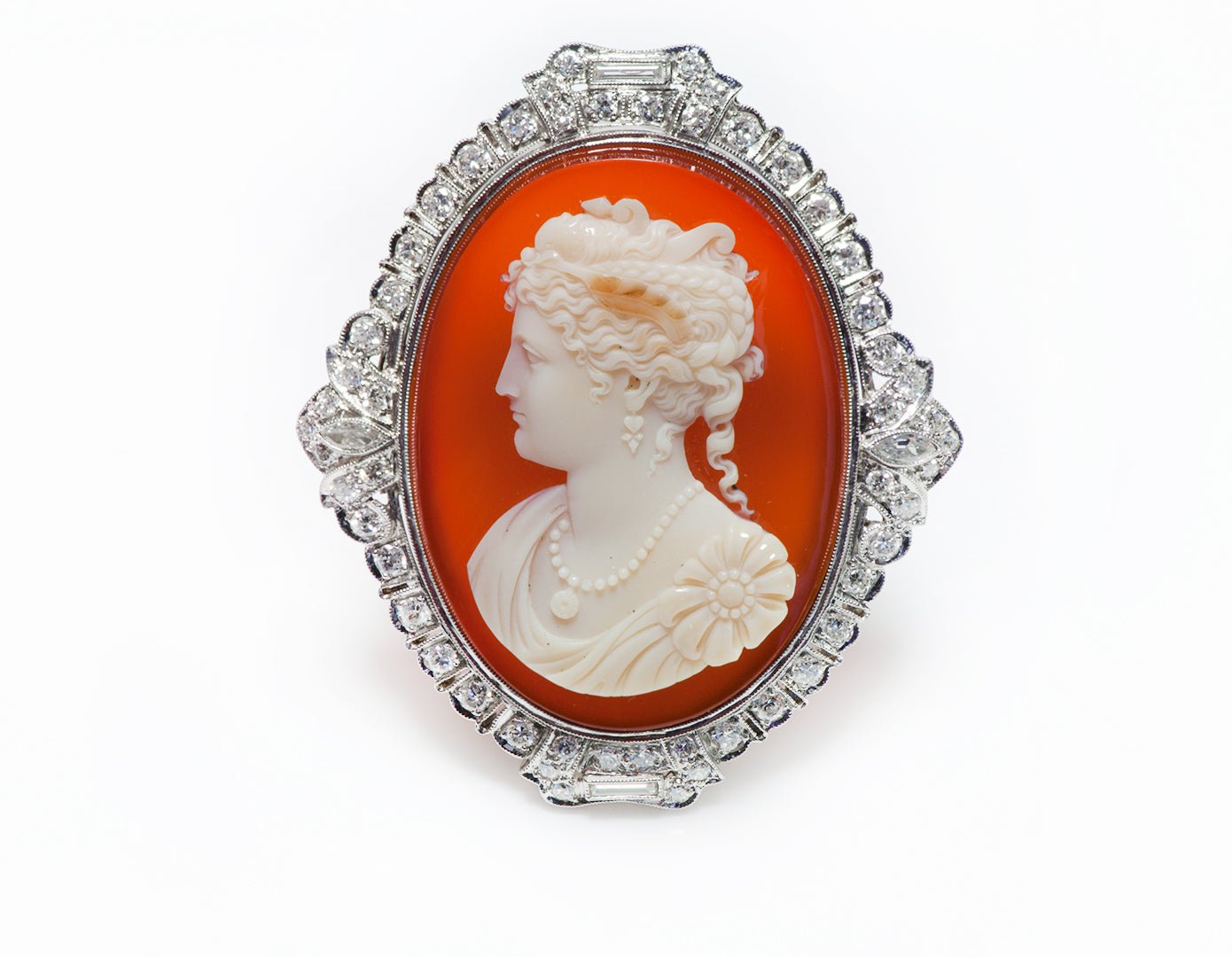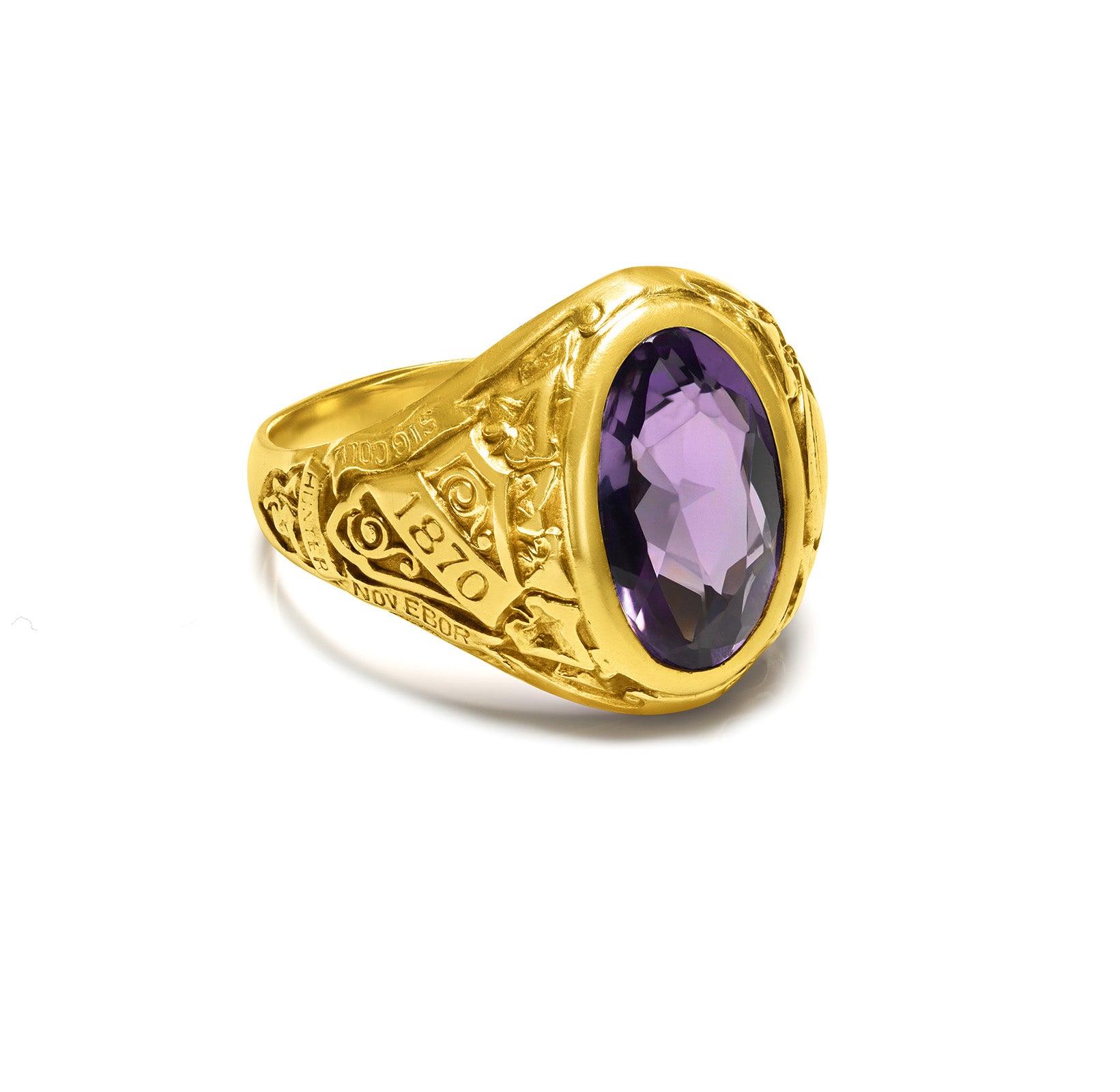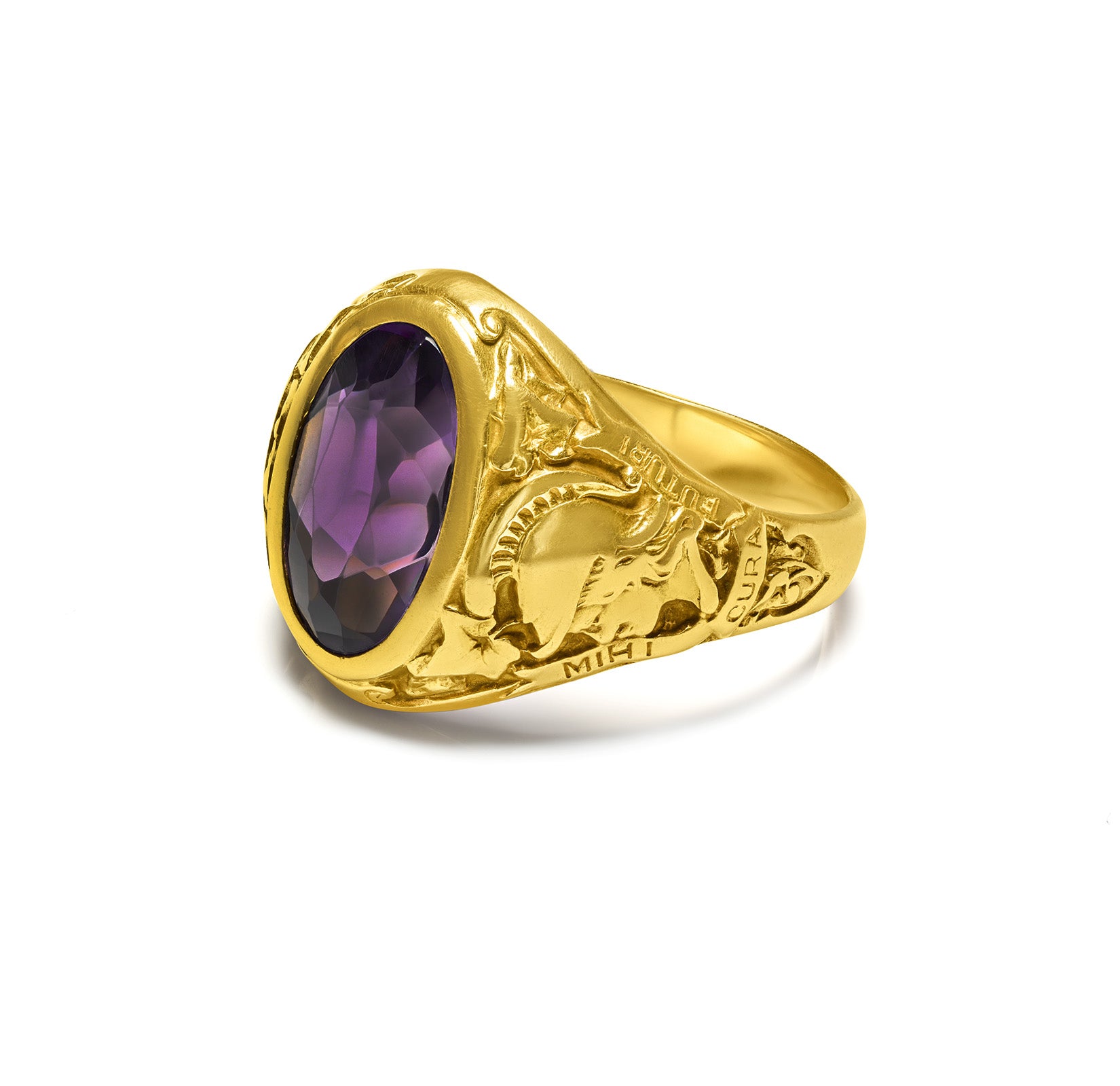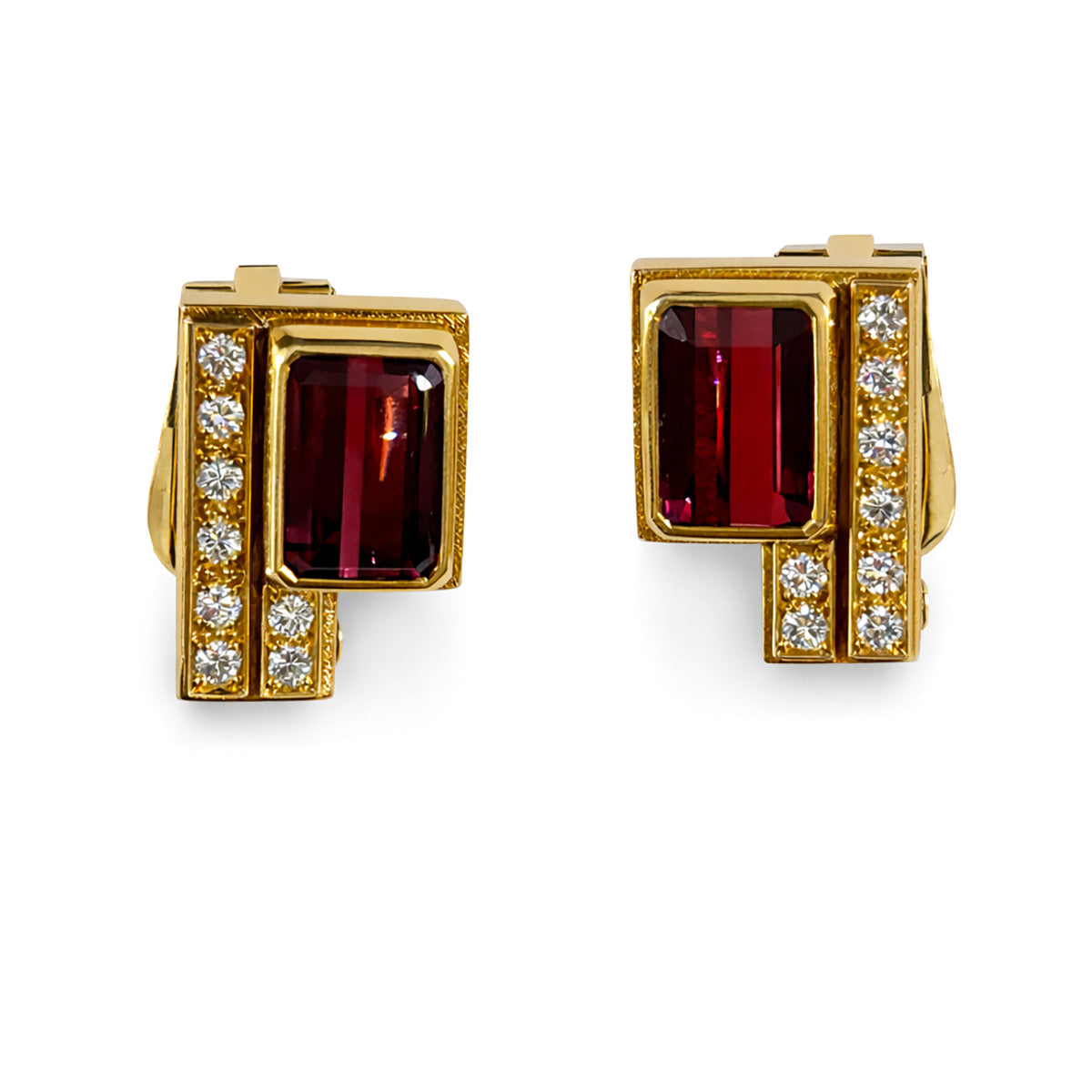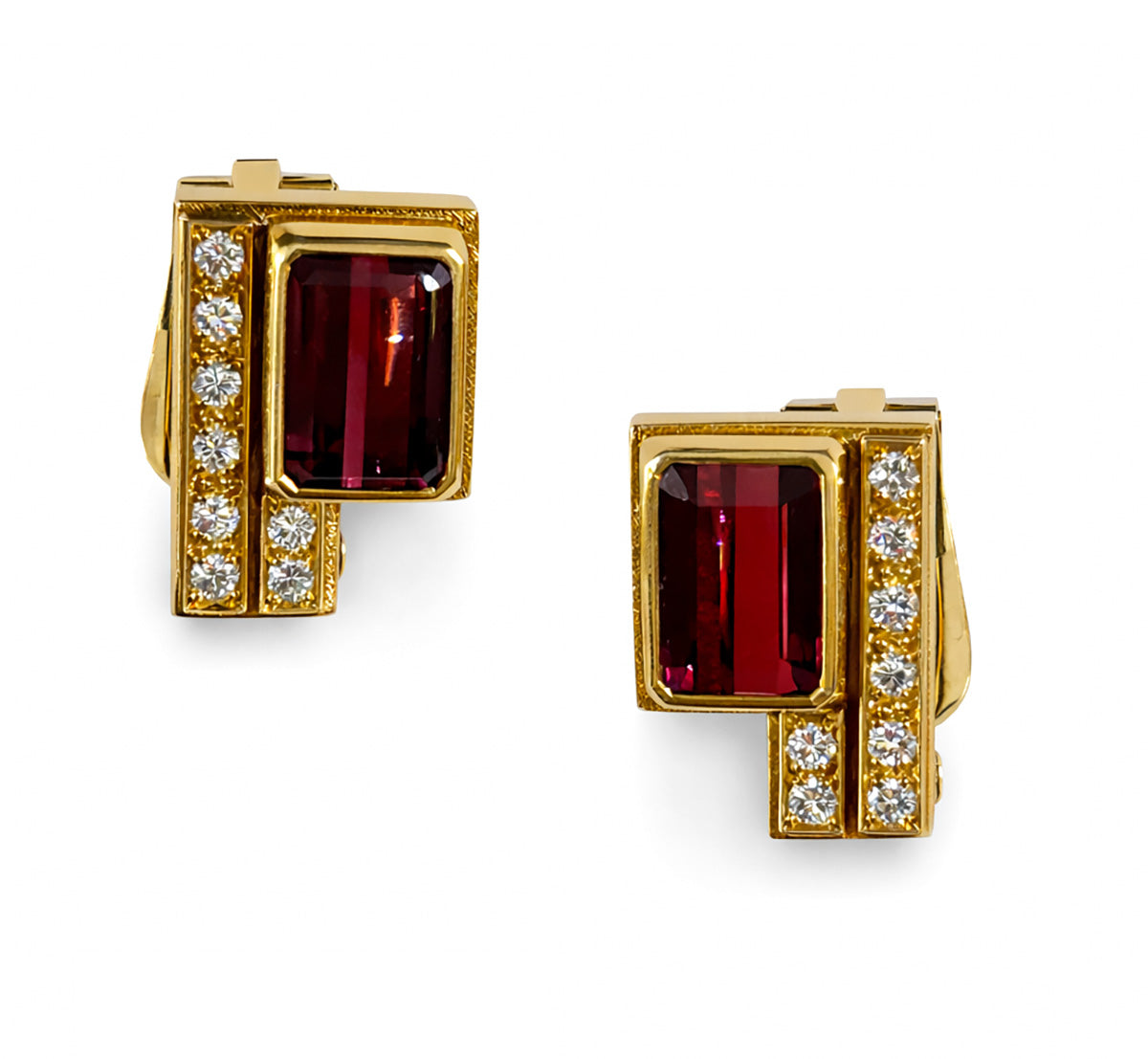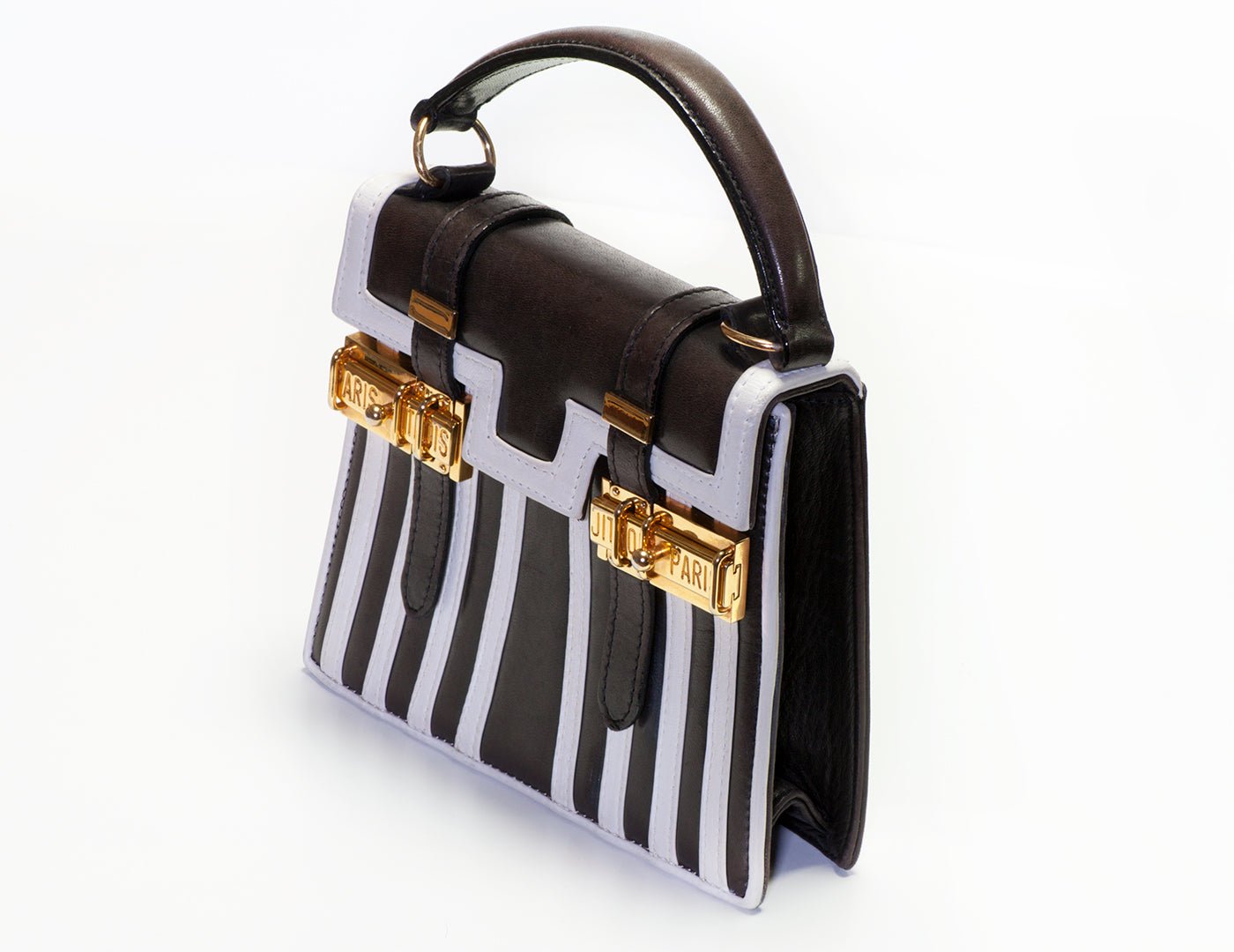
Practical Uses and Fashions of Handbags and Purses
The ever necessary bags, their practical use and fashion statements that they made.
Bags can be traced far back into ancient history. They were used by men and women to carry their belongings as well as food, weapons, jewelry and money. In Egyptian burial chambers of the Old Kingdom double-handled leather bags designed to be suspended from sticks, as well as bags made from linen and papyrus were discovered. The ancient Greeks used leather bags called byrsa as coin pouches; this is the source of the English word "purse." Drawstring purses, an item always worn close to the body and most often suspended from a belt or secreted within folds of clothing, were used to carry coins.
At the Anglo-Saxon burial mounds of Sutton Hoo in Suffolk, one of the earliest ornamented leather purses was recovered, assumed to be the burial site of King Roewald. The leather body of the bag had deteriorated but its gilt ornaments remained intact holding forty gold coins and hung from hinged straps on a waist belt fastened by a large gold buckle. The purse had a lavish lid decorated with gold, silver, garnets, and millefiori glass.
By the thirteenth century in Western Europe the popular term for a bag was an ‘almoner’ or an alms bag which was a purse to hold coins to be given as charity. Almoners lent a rather showy side to Christian charity; the richer the purse the more generous the social image of the Lady who carried it.
Dolce and Gabbana Byzantine Style Mosaic Beaded Bag
Gifts of Romance
The most amusing and sophisticated bags of the fourteenth and fifteenth centuries were made as gifts to lovers, decorated with scenes and mottoes alluding to the trials of romance. The tradition of the wedding or betrothal bag originated in the medieval custom of a groom presenting his bride with a sack of coins.
Advent of Elaborate Bags
In the late sixteenth and early seventeenth centuries the tiniest bags denoted the greatest status. Small, square embroidered bags containing perfumed pomanders, rose petals, rare spices, and oils were worn to scent skirts and cuffs and used as containers for personal gifts. Over time these bags and purses assumed increasingly ornamental shapes.
Chinese Qianlong Qing Silk Embroidery Badge Rank Kesi Purse
The Elizabethans had a taste for visual conceits and allegory. A bag in the shape of an acorn symbolized thrift, but was likely to be worn in the manner of a precious jewel, wound about the wrist or bouncing against full skirts. Satchels and sacks worn across the body were for peasants and pilgrims; often made from recycled scraps of cloth; few actual examples survived their heavy daily use and these bags are now known mainly from paintings and etchings.
The Evening Bag
The rise of the evening bag can be dated from the seventeenth century. Designed to sit flat upon a table, these bags reflected a new sophistication in form. With a shallow tightly ruched drawstring body attached to a circular base stiffened with cord or leather, the bases of these bags were often decorated with the initials or coat of arms of their owner. Bags were made of interlocking panels in the shape of shields, crescents, and pentagons and told little stories on each individually embroidered panel.
Bags for Men, Purses for Women
Men would slip a netted purse into their sleeve or slung over the belt buckle, but they no longer dangled leather or cloth bags from a long drawstring at the waist. Masculine fashion became even more streamlined with tight breeches and cutaway coats so men were forced to compress their needs into custom-made wallets that contained everything from nail scissors and a compass, to a snuff bottle. Eighteenth-century women carried small purses on the wrist, large silk and cotton work bags for personal effects on the arm and had the additional storage space of large pear-shaped pockets worn laced around the hips beneath their petticoats. This extra room gave birth to a culture of the handbag. Women grew accustomed to carrying their work-bags socially, holding extra items for evening such as fans, smelling salts, cosmetics, and opera glasses. In pockets they carried small leather-bound pocketbooks whose printed pages included calendars, recipes, songs, and Saint days as well as engravings of the latest dress and hat models.
The Handbag as Fashion Statement
Despite the capacious generosity of pockets and knotting bags, small purses for women remained popular. Fine sable beaded bags were produced in Paris from the 1770s on, which had up to 1,000 tiny glass beads woven into each square inch of the bag's surface, lending a remarkable clarity to color, lettering, figures, and detail. One such beaded bag from 1784 was decorated with hot-air balloons and the face of Jean-Francois Pilâtre de Rozier, the French balloonist who made his maiden voyage the year before. Printed images on silk also offered swift production of commemorative and novelty bags.
In the nineteenth century frame bags began to come into use. Bags made at home advertised the skill of their maker and were given to eccentric almost esoteric detail. The Victorian era idealized domesticity and sentimentality and bags reflected these themes with hand-beaded patterns of home and hearth (bought commercially or made at home), hand-painted scenes of mourning on black satin, and arrangements of flowers encoded with private messages for loved ones.
Vintage Chanel Gold Leather Crossbody Bag
By the 1880s the handbag had become a fashion fixture. Most of the classic bags known today were invented and developed by the great luggage and saddlery houses of Paris in the late nineteenth century. Louis Vuitton made traveling trunks for Napoleon III. His steamer trunk of 1901, designed to hang on the back of a cabin door with a long canvas body and short, strong leather straps, is the precursor to the tote bag.
The Noe bag was designed by Vuitton in 1932 as a satchel to carry exactly five bottles of champagne. This design formed the basis of all shoulder strap bucket bags to follow. The Plume bag designed by Hermès in 1933 was based on a square horse blanket bag and updated with thin central straps and a zip that encircled the body of the bag. This simple square bag was the model for the gym bag including the Adidas tennis bag of the 1980s and the Prada bowling bag of the 1990s. Bags have gone to every extreme since but their origins always return to these three templates of the tote, the bucket, and the box which are the geometrical foundations of twentieth-century design.


